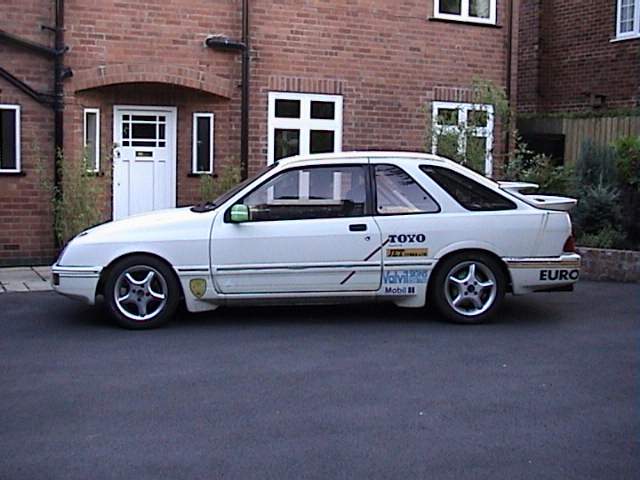ORIGINAL: 944 man
This isnt a row: this is enriching and enlivening the forum: and youre learning something too...[

]
Actually, although I suspect you wrote that in jest, it's true. I
am learning as I read this. A lot of what I believed to be true about cages has been mentioned on here, and has been challenged, so it is educational - thanks.
FWIW, I can't believe that a cage can't fail to strengthen the car, regardless of how it is bolted or welded in. It stands to reason that any extra bracing anywhere in the car will affect the bend stiffness of the monocoque. The question is whether the degree of assistance it provides is beneficial. In your Volvo case, I can see that even a slight improvement will make a big difference. In the case of something naturally stiffer, such as a 944, a similar improvement would be much less noticable as the starting point is much higher (i.e. the Nm/degree rating of the shell is much higher to start with.)
The point about strut braces is interesting. When I put a bottom brace onto my Mk1 GTi (Golf), it made a staggering difference to the stability around corners, the turn-in alacrity and the steering feel. When I rigged up a crude top brace for the same car it made no difference at all, so I abandoned the project. But then, the Mk1 Golf was always known for having weak lower chassis arms, and a relatively sturdily attached pair of strut tops (as opposed to the Mk1 cabrio, which is meant to benefit hugely from the top brace as well, and has a rear brace welded in by VW in the factory.)
However, I cannot make any contribution concerning cages from a position of experience, having never even sat in, let alone driven, a car with any form of cage in at all. And I fear I won't ever be in the lucky position to contribute from experience, so I'll pipe down right there.
Oli.


![. [FONT=verdana,geneva"] [FONT=verdana,geneva"]](/forum/styles/default/pcgb/space.gif)








